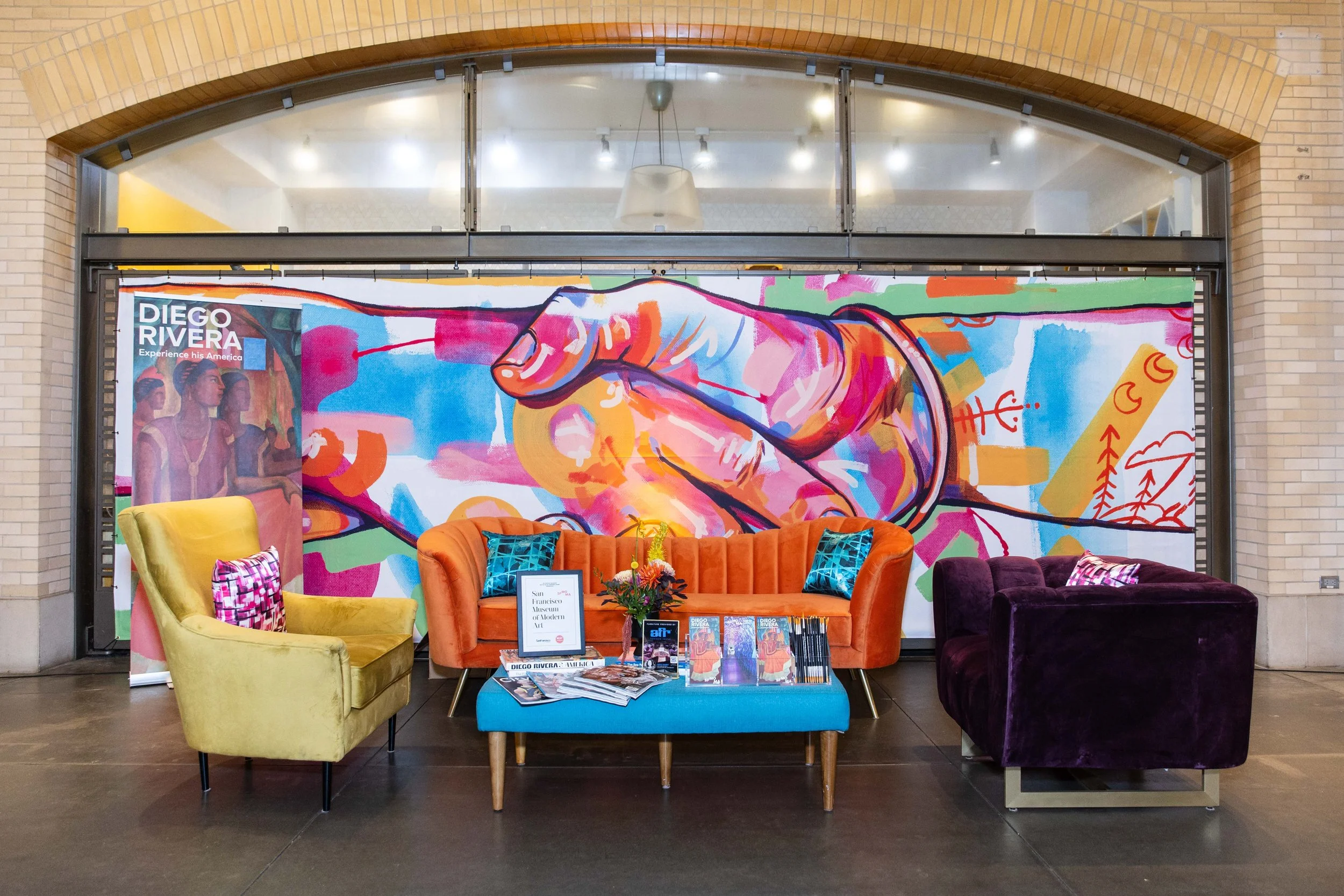2025: The Year of Experiential for Destination Management
In 2025, the most successful corporate, incentive, and experiential events will not just be attended. They are being felt. For Destination Management Companies (DMCs), this shift presents both a challenge and an opportunity. The future of destination events is not about passive content delivery. It is about creating moments that matter and tailoring them to the uniqueness of the place. Below, we break down the trends reshaping how planners design impact and why DMCs are central to leading this shift.
1. Technology Where It Counts, Not Where It Distracts
AI-powered tools now handle content delivery, accessibility, such as real-time captions and translation, and lead journey mapping. The true magic happens when tech amplifies connection rather than replacing it. For DMCs, this could mean AI matchmaking that pairs international attendees with local business leaders, or VR zones that preview a destination’s cultural offerings before a site visit. Technology should be the enabler, not the event.
2. Connection as the Core KPI
Event design is moving from delivering content to facilitating connection. DMCs have a unique advantage because they know how to harness the local landscape of venues, entertainment, and cultural touchpoints to foster authentic interactions. Attendees connect not only with each other and your brand, but also with the destination itself.
3. Accessibility and Inclusion as a Design Mandate
Inclusivity is no longer optional. The Accessibility Playbook provides a toolkit to ensure no one is left behind. For DMCs, this extends to destination-specific considerations. Are venues and local transport accessible? Do cultural elements feel welcoming and inclusive? These practices widen your audience, boost attendee satisfaction, and future-proof your programs.
4. Micro versus Macro: Small Speaks Volumes
Smaller regional or cohort-based events provide deeper engagement and more targeted ROI. Even large conferences are adding micro experiences such as intimate dinners, focused workshops, or curated local tours. These smaller experiences drive stronger outcomes than scattershot agendas. A DMC’s role is to design these moments within the broader event journey, making each micro experience feel intentional and authentic to the destination.
5. Sustainability, Safety, and Human-Centered Design
From eco-conscious sourcing to thoughtful crowd management, attendees now expect to feel cared for physically, socially, and environmentally. For DMCs, this means sourcing sustainable vendors, designing zero-waste experiences, and integrating local communities responsibly. These expectations now influence attendance, loyalty, and brand perception more than ever.
Actionable Steps to Lead the Pack
Audit your current programs: How many opportunities exist for peer networking, hands-on labs, or immersive destination engagement?
Invest in inclusive design: Evaluate your venues, transportation, and tech stack for accessibility.
Pilot micro experiences: Launch regional pop-ups or cohort-based experiences unique to your destination and measure attendee engagement.
Set connection-based KPIs: Go beyond clicks and measure connections, satisfaction, and the stories attendees take home.
Design with Intention
2025 is not looking for event organizers. It is looking for experienced architects who understand the destination. If you are still programming without purpose, you are already behind. Today’s audiences expect events that surprise, connect, and last long beyond the session. For DMCs, that means delivering moments that resonate, inspire, and define value, grounded in the culture, energy, and uniqueness of place.
When your events spark real feelings, they do more than build brands. They build loyalty to both the experience and the destination.


